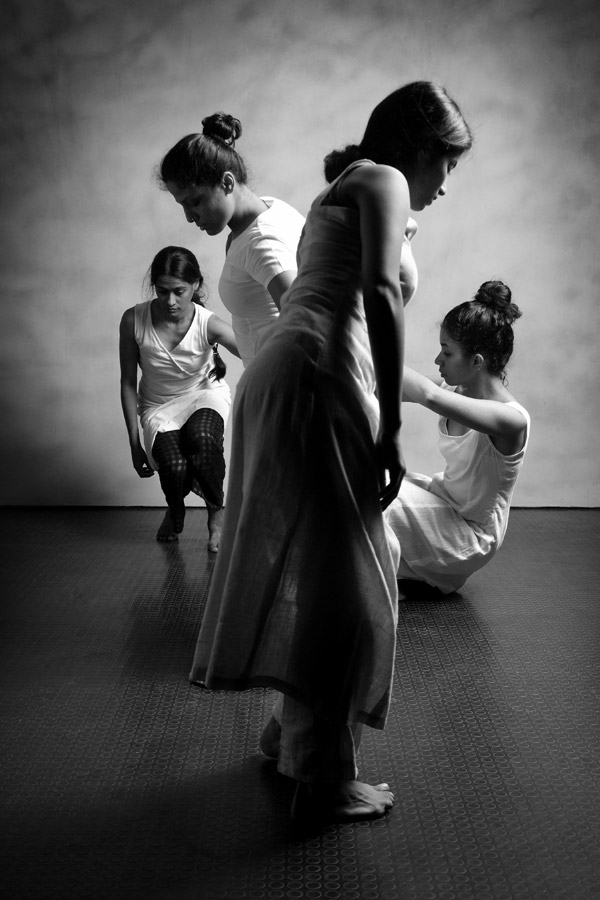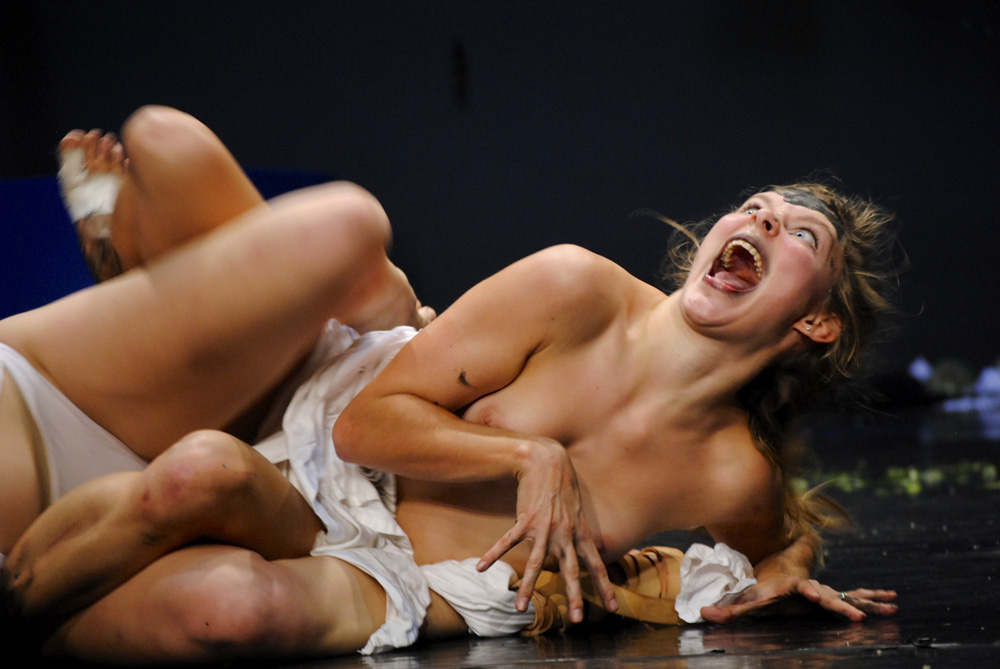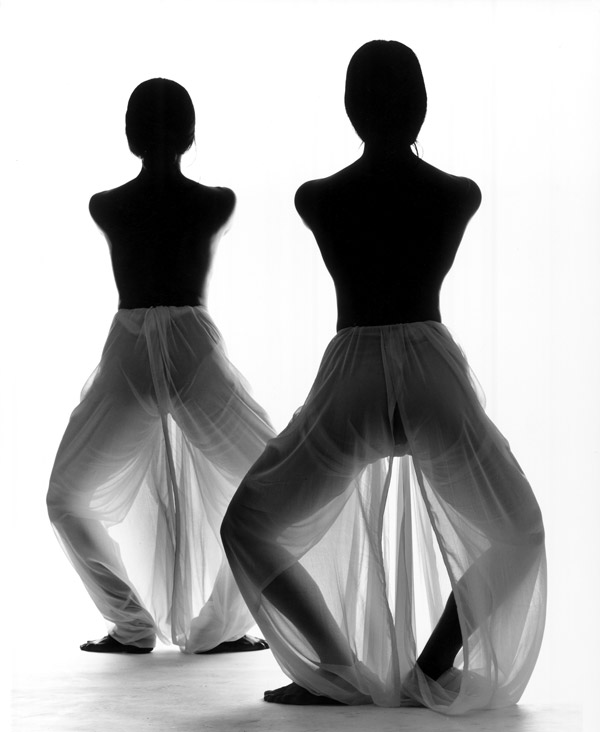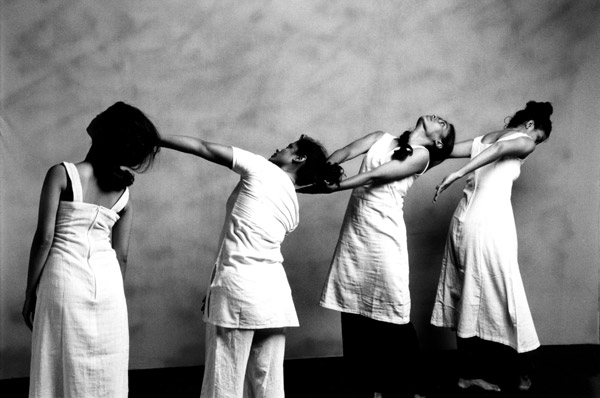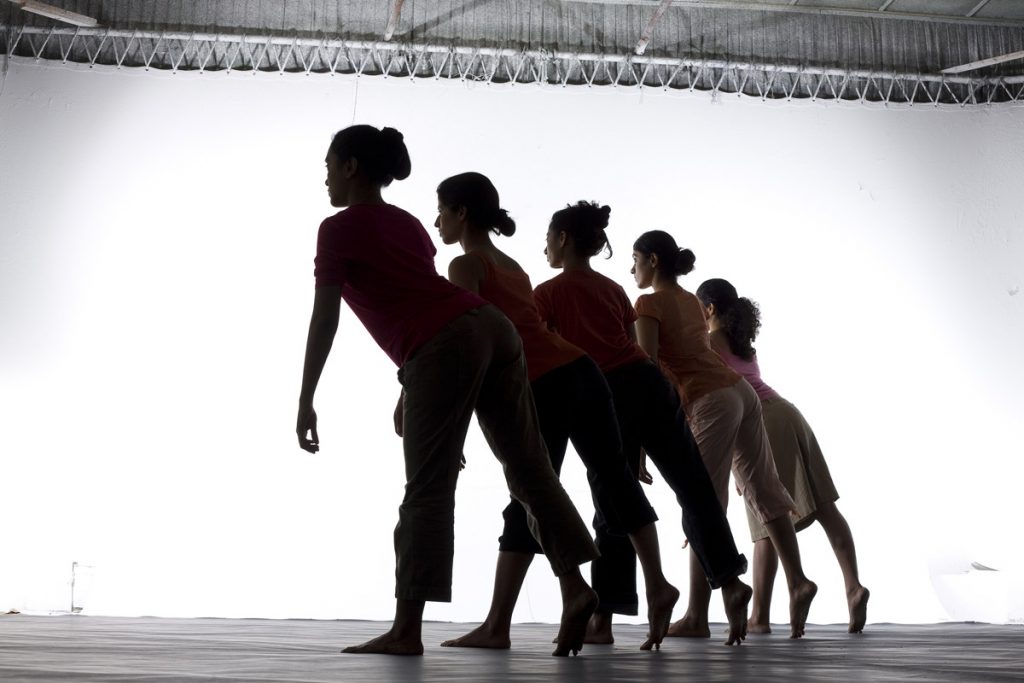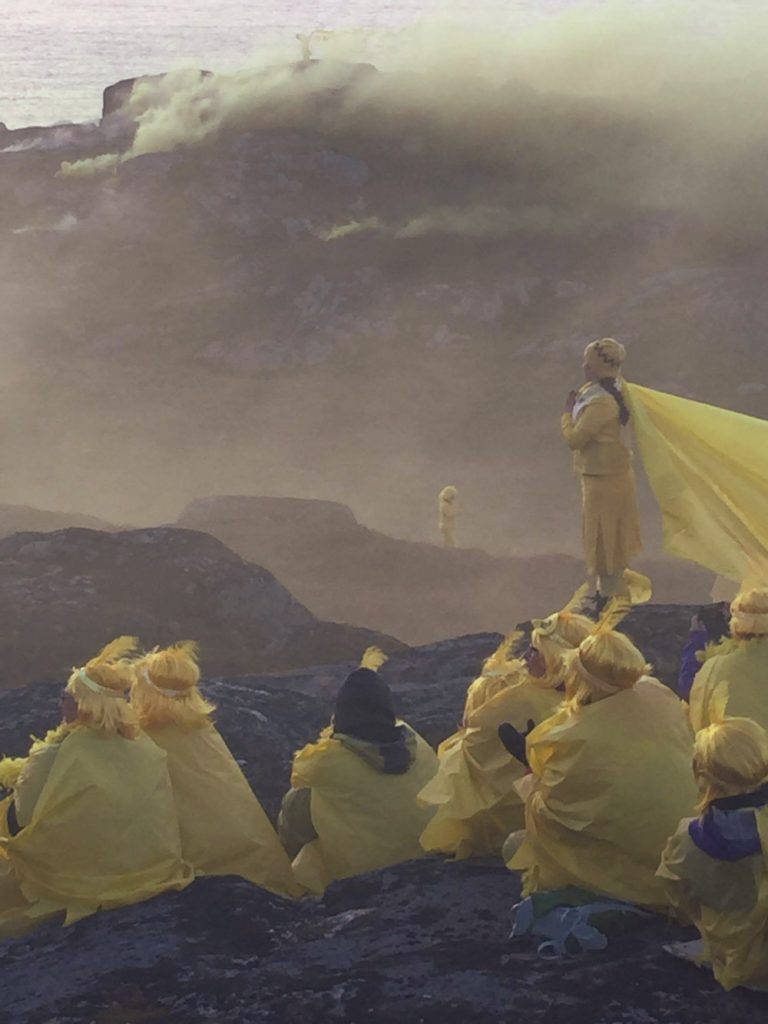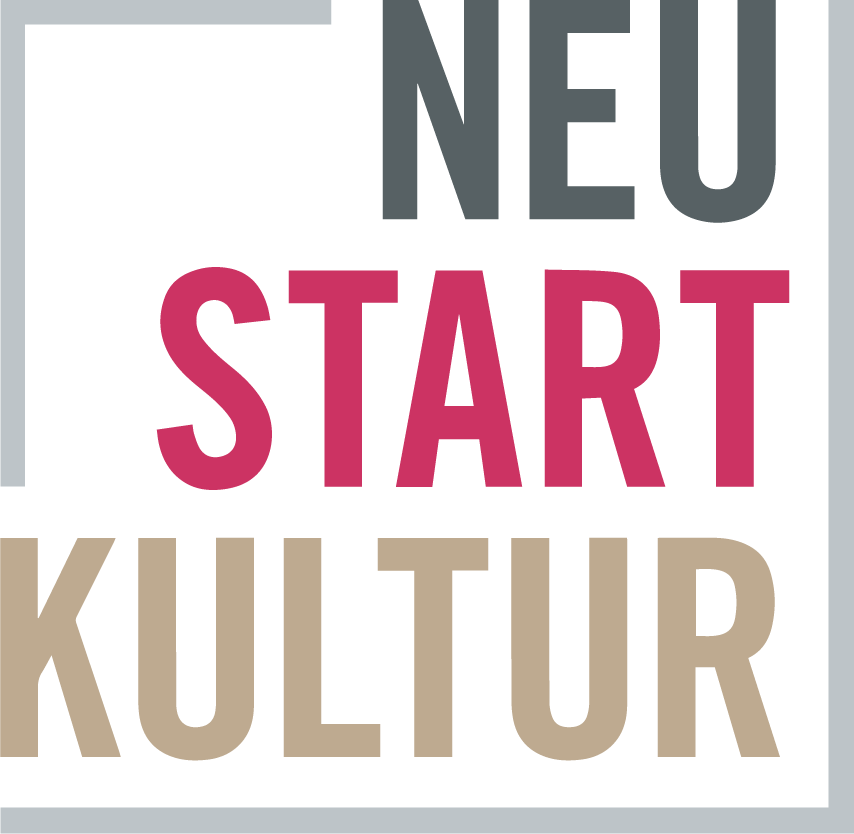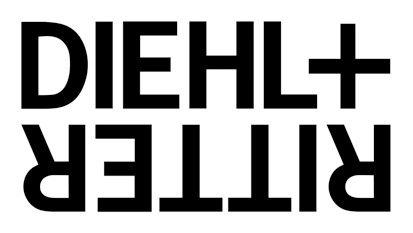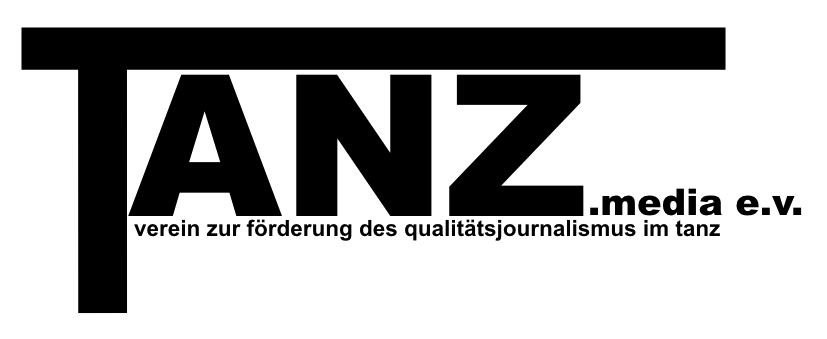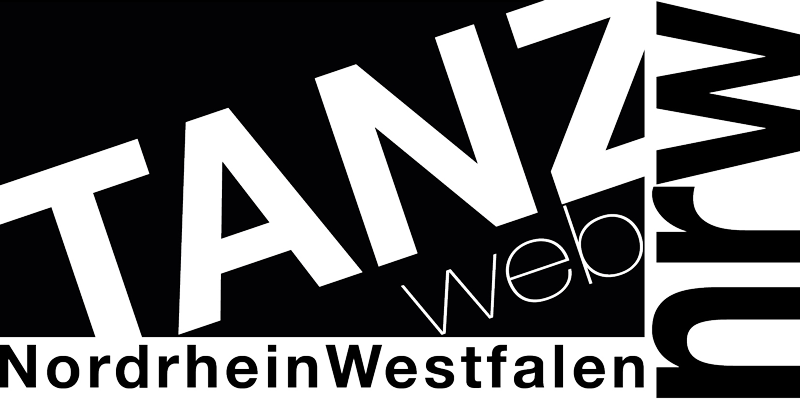The art of thinking about the body, of writing about it, of collecting its traces, is constantly changing – sometimes for the worse. By now there is hardly a publishing house left that would dare to publish a dance book. And hardly any newspaper prints a longer dance story unless it is about a star, scandal or a salsa party in the local town.
